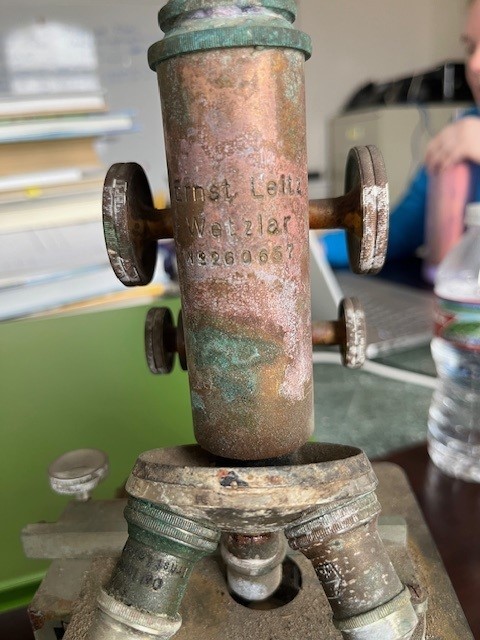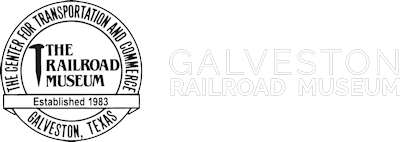TRAIN DOCTORS AND MICROSCOPES
How did people find medical care when their nearest neighbor could be five or ten miles away? The railroads can up with a unique idea, that was used around the world, and is still used in India. The railroads created “train doctors”, first to help build the railroads, then to provide care across the nation.
Railway surgeons formed a unique medical specialty, operations a vast and innovative network of railroad hospitals and clinics. This small group of doctors made many advancements in medical science, especially trauma injuries. Many people died from a crush injury, simply because a doctor was too far away. The earliest recorded railway surgeon may have been an individual known as “the railroad doctor”, whose name is lost, working for the Erie Railroad in 1849.
The large number of injuries and the remote locations led railroads to adopt a health care system. Everyone was able to afford a railroad doctor, no matter what the injury was, and they worked on credit!
Railway surgeons had no hospital training programs, its practitioners learned their trade on the job, and later from the publications and conferences. However, due to the nature of the injuries, they became specialists in their fields.
These specialists became doubly important during war time, as mortar wounds were very similar to crush wounds caused by train derailments.
The microscope is one that would have been found on a surgery railway car. The instrument was made by the Ernst Wetzlar Company between 1892 to 1893, and was top quality at the time.

A BRIEF SUMMARY OF WARTIME MEDICAL EVACUATIONS by Train
The Civil War (1861-1865)
First wartime use of trains
Varied from impoverished boxcars to purpose-built cars
The Spanish-American War (1898)
A single train of pullman tourist sleepers was used
World War I (1914-1918)
Custom built unit cars and leased passenger cars used
World War II (1939-1945)
Large-scale use of hospital trains
Additional leased sleeper and chair cars
Medical air transport was in its infancy
After the war; most were sold, many converted to passenger coaches
Korean War (1950-1953)
Remaining hospital cars from WWII sent to Korea.
Hospital trains played a critical role, but air evac increased dramatically.
The last conflict in which hospital trains were used.
